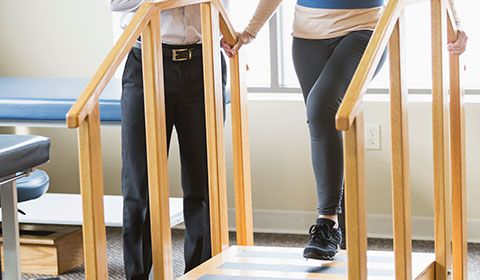An injury or accident can sometimes prevent you from performing your professional responsibilities. You can’t just pick up where you left off—or, at least, not right away. When the time is right in your recovery to talk about getting you back to the workplace, you may be asked to complete a functional abilities evaluation.
Not sure what a functional abilities evaluation is and how it can help? We’ve got you covered.
What is a functional abilities evaluation (FAE)?
A functional abilities evaluation (FAE) or functional capacity evaluation (FCE) is a comprehensive evaluation of your physical and functional abilities, using objective and measurable tests.
The FAE can be general or specific to your job and related duties. Once the evaluation takes place, it is interpreted and presented to all concerned parties in a report or used to fill out a functional abilities form.




